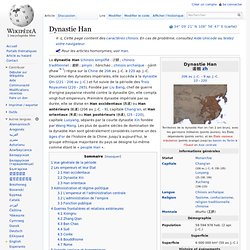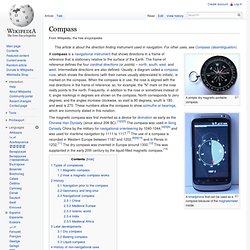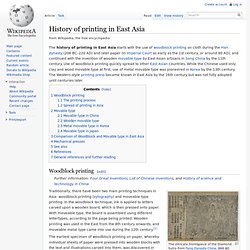

Category:Han Dynasty. Dynastie Han (206 av JC / - 9 ap JC) Un article de Wikipédia, l'encyclopédie libre.

Pour les articles homonymes, voir Han. Vue générale de la période[modifier | modifier le code] Bien que 202 av. J. -C. soit l’année de sa proclamation officielle par Han Gaozu, les historiens la font généralement débuter en 206 av. L'Empire Han était divisé entre les commanderies, territoires sous administration directe du pouvoir central, et un certain nombre de royaumes semi-indépendants, mais qui furent dépouillés progressivement de leur autonomie, notamment après la Rébellion des sept États. Ces campagnes virent l'expansion des Han vers le bassin du Tarim en Asie centrale, et les missions d'exploration de Zhang Qian permirent la mise en place du vaste réseau de routes commerciales qui sera connu comme la Route de la soie, reliant la Chine au monde Méditerranéen.
Les empereurs et leur État[modifier | modifier le code] Han occidentaux[modifier | modifier le code] Carte de l'empire des Han antérieurs vers 87 av. Han Dynasty. Etymology According to the Records of the Grand Historian, after the collapse of the Qin Dynasty the hegemon Xiang Yu appointed Liu Bang as prince of the small fief of Hanzhong.

Following Liu Bang's victory in the Chu–Han Contention, the resulting Han dynasty was named after the Hanzhong fief.[6] History Western Han China's first imperial dynasty was the Qin dynasty (221–206 BC). Military expansion To the north of China proper, the nomadic Xiongnu chieftain Modu Chanyu (r. 209–174 BC) conquered various tribes inhabiting the eastern portion of the Eurasian Steppe.
After Wu's reign, Han forces continued to prevail against the Xiongnu. Sima Qian. Sima Qian (Szu-ma Chien; c. 145 or 135 BC – 86 BC) was a Chinese historian of the Han dynasty.

He is considered the father of Chinese historiography for his work, the Records of the Grand Historian, a Jizhuanti-style (纪传体) general history of China, covering more than two thousand years from the Yellow Emperor to his time, during the reign of Emperor Wu of Han. Although he worked as the Court Astrologer (Chinese: 太史令; Tàishǐ Lìng), later generations refer to him as the Grand Historian (Chinese: 太史公; taishigong or tai-shih-kung) for his monumental work; a work which in later generations would often only be somewhat tacitly or glancingly acknowledged as an achievement only made possible by his acceptance and endurance of punitive actions against him, including imprisonment, castration, and subjection to servility.
Early life and education[edit] Compass. A simple dry magnetic portable compass.

Types of compasses[edit] There are two widely used and radically different types of compass. The magnetic compass contains a magnet that interacts with the earth's magnetic field and aligns itself to point to the magnetic poles.[14] Simple compasses of this type show directions in a frame of reference in which the directions of the magnetic poles are due north and south. These directions are called magnetic north and magnetic south. The gyro compass (sometimes spelled with a hyphen, or as one word) contains a rapidly spinning wheel whose rotation interacts dynamically with the rotation of the earth so as to make the wheel precess, losing energy to friction until its axis of rotation is parallel with the earth's.
There are other devices which are not conventionally called compasses but which do allow the true cardinal directions to be determined. Papermaking. Paper-making is the process of making paper, a substance which is used universally today for writing and packaging.

In paper-making, a dilute suspension of fibres in water is drained through a screen, so that a mat of randomly interwoven fibres is laid down. Water is removed from this mat of fibres by pressing and drying to make paper. Since the invention of the Fourdrinier machine in the 19th century, most paper has been made from wood pulp because of cost. But other fibre sources such as cotton and textiles are used for high-quality papers. One common measure of a paper's quality is its non-wood-pulp content, e.g., 25% cotton, 50% rag, etc. History[edit] Hemp wrapping paper, China, circa 100 BCE.
History of printing in East Asia. The history of printing in East Asia starts with the use of woodblock printing on cloth during the Han dynasty (206 BC–220 AD) and later paper (in Imperial Court as early as the 1st century, or around 80 AD), and continued with the invention of wooden movable type by East Asian artisans in Song China by the 11th century.

Use of woodblock printing quickly spread to other East Asian countries. While the Chinese used only clay and wood movable type at first, use of metal movable type was pioneered in Korea by the 13th century. The Western-style printing press became known in East Asia by the 16th century but was not fully adopted until centuries later. Woodblock printing[edit] Traditionally, there have been two main printing techniques in Asia: woodblock printing (xylography) and moveable type printing.